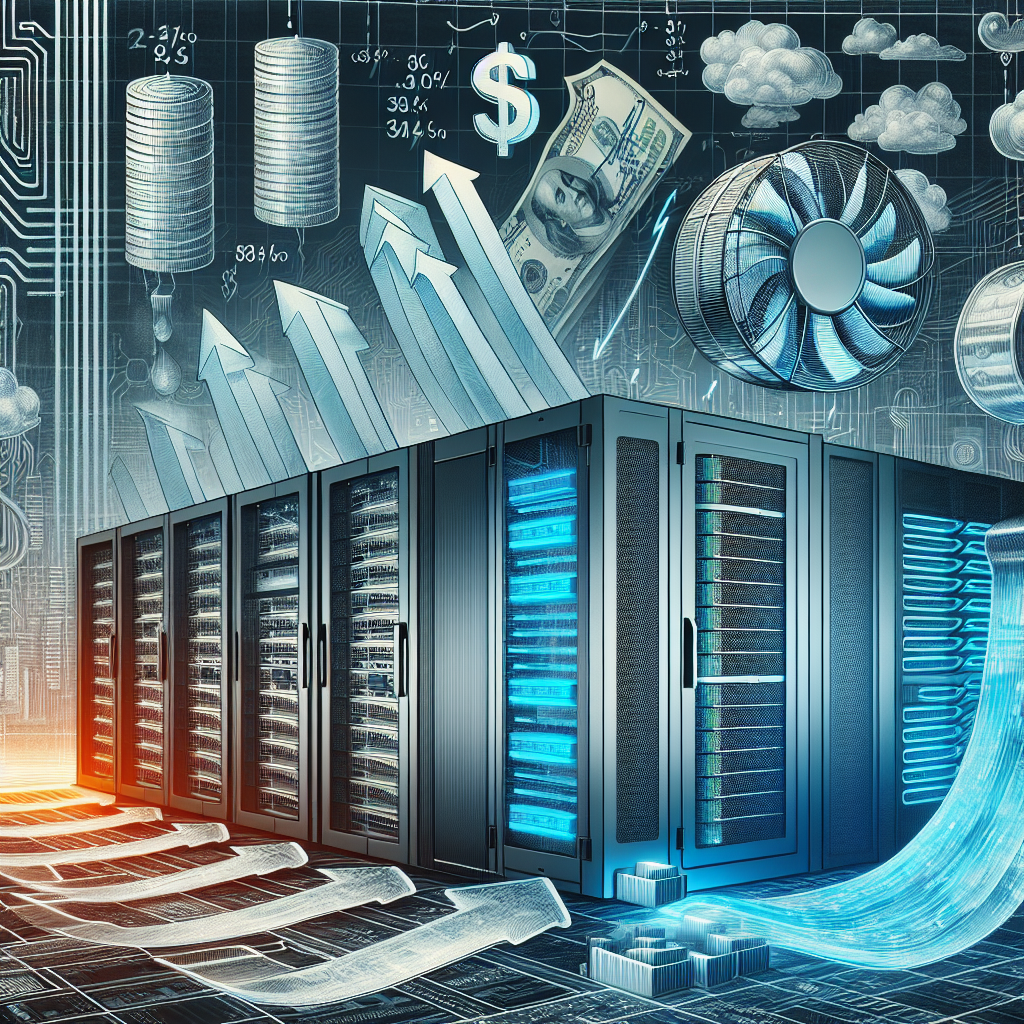Data centers are the heart of any organization’s IT infrastructure, housing critical servers, storage devices, and networking equipment that keep business operations running smoothly. With the increasing demand for data storage and processing power, data centers are growing in size and complexity, leading to higher energy consumption and operational costs. One of the key factors contributing to these costs is data center cooling.
Data center cooling is essential to maintain optimal operating temperatures for the sensitive equipment housed within the facility. Servers and other hardware generate a significant amount of heat during operation, and if not properly cooled, they can overheat, leading to system failures and downtime. To prevent this, data center operators invest in cooling systems, such as air conditioning units, chillers, and cooling towers, to regulate temperatures and maintain a stable environment.
However, the energy required to power these cooling systems can be substantial, accounting for a significant portion of a data center’s operational costs. In fact, studies have shown that cooling can consume up to 40% of a data center’s total energy usage. This high energy consumption not only drives up utility bills but also contributes to carbon emissions, making data centers a significant source of environmental impact.
To address these challenges, data center operators are increasingly turning to more energy-efficient cooling solutions to reduce operational costs and minimize their environmental footprint. One popular approach is the use of free cooling, which leverages outdoor air or water sources to cool the data center without the need for mechanical refrigeration. By taking advantage of ambient temperatures, free cooling can significantly lower energy consumption and operating costs, especially in regions with cooler climates.
Another technology gaining traction in the data center industry is liquid cooling, which uses liquid coolant to transfer heat away from servers more efficiently than traditional air cooling methods. Liquid cooling systems can be more energy-efficient and require less power to operate, leading to cost savings over time. Additionally, liquid cooling can enable higher density server deployments, allowing data centers to maximize their capacity without compromising performance.
In conclusion, data center cooling plays a crucial role in maintaining the reliability and efficiency of IT infrastructure. However, the energy consumption associated with cooling can have a significant impact on operational costs. By investing in energy-efficient cooling solutions, such as free cooling and liquid cooling, data center operators can reduce their energy usage, lower operational costs, and minimize their environmental footprint. As the demand for data storage and processing continues to grow, it is essential for data centers to prioritize energy efficiency and sustainability in their cooling strategies.


Leave a Reply